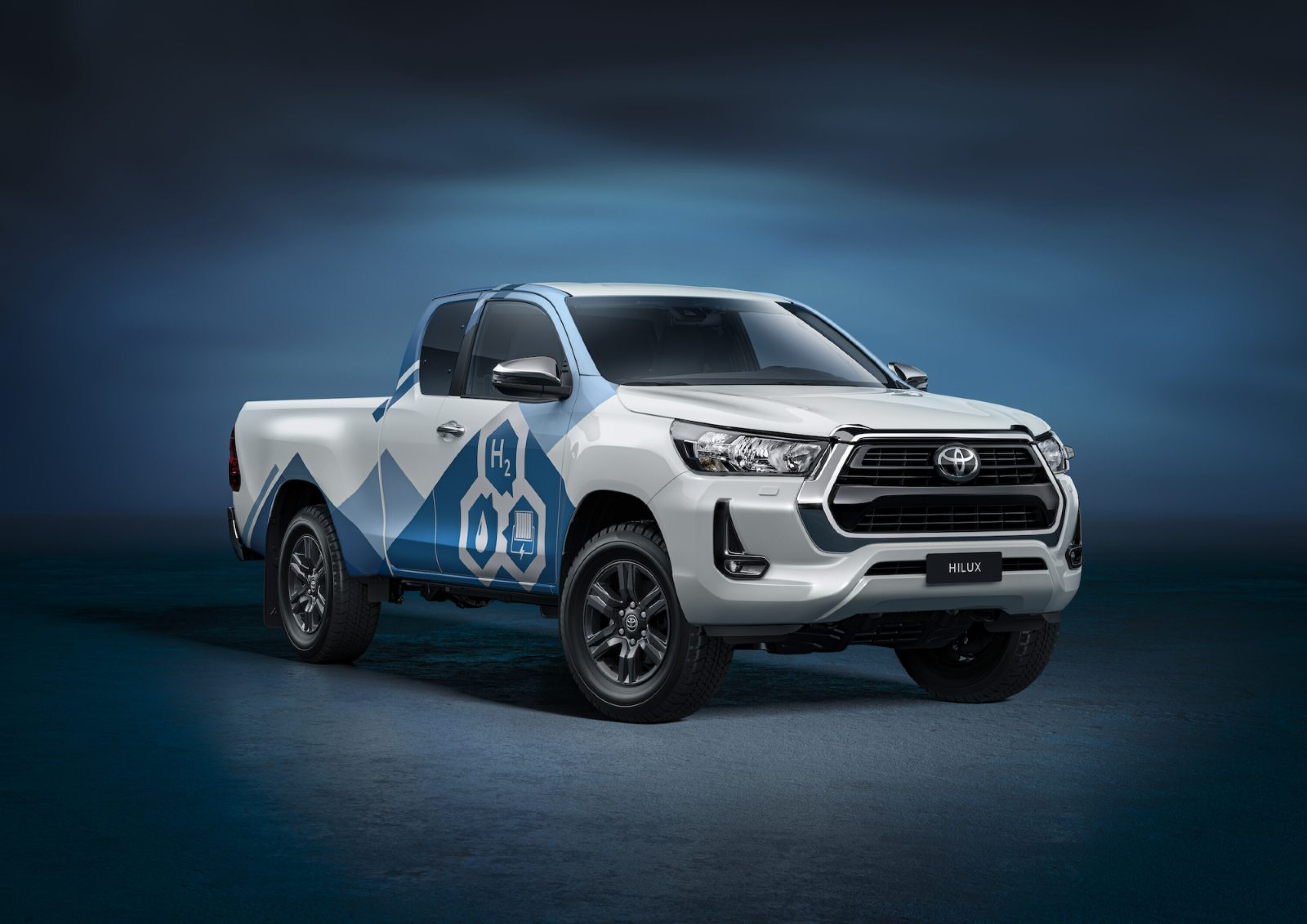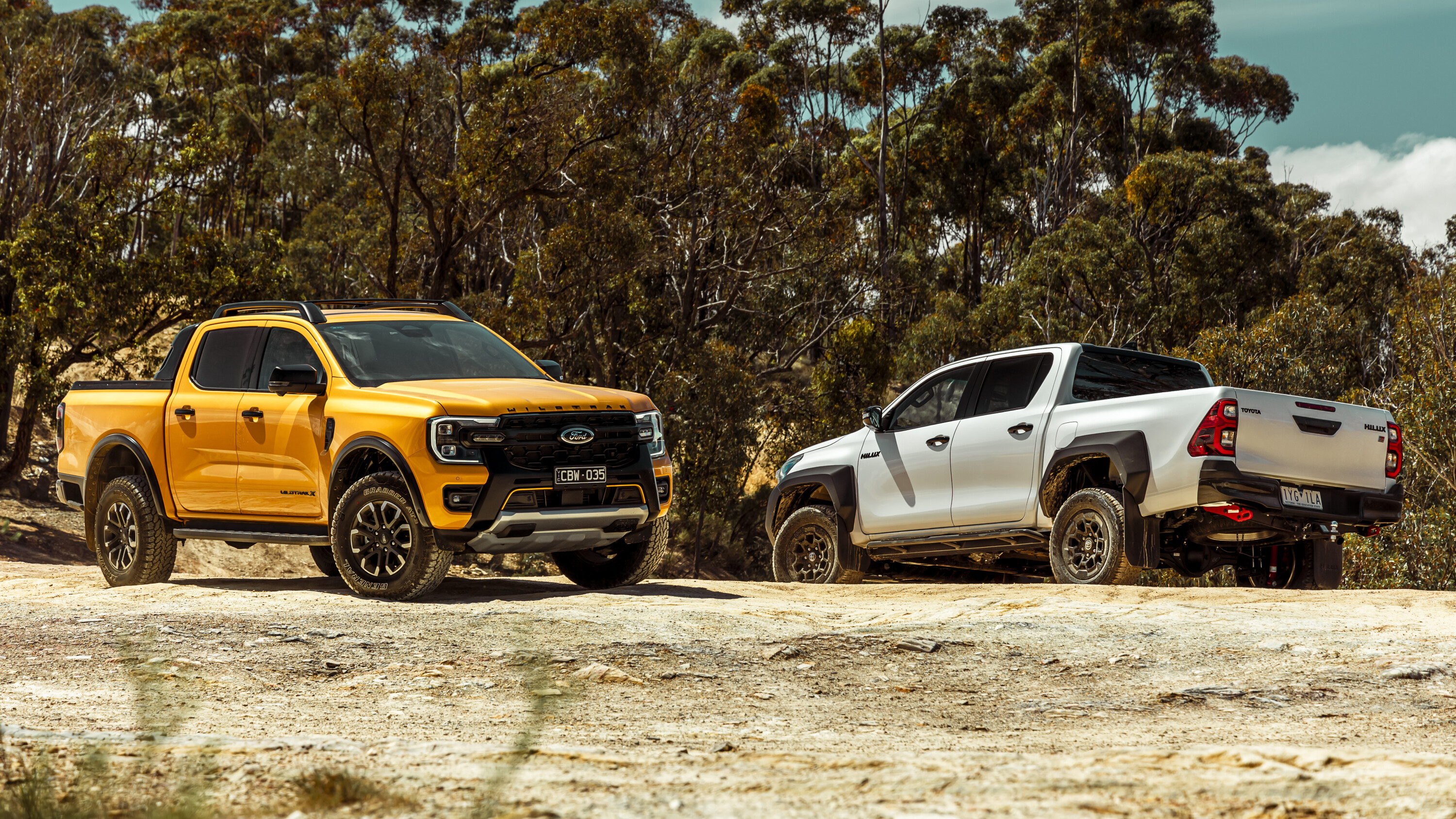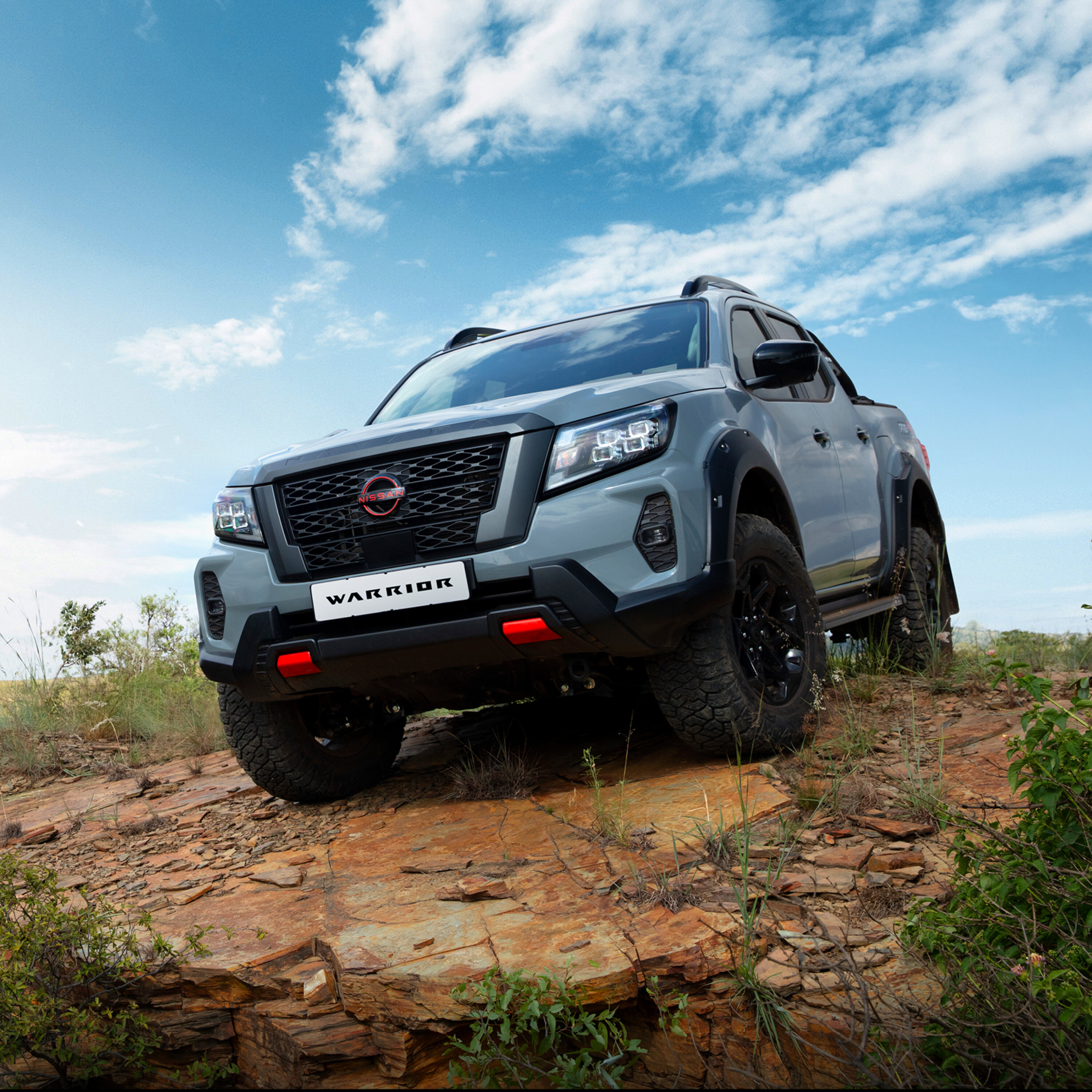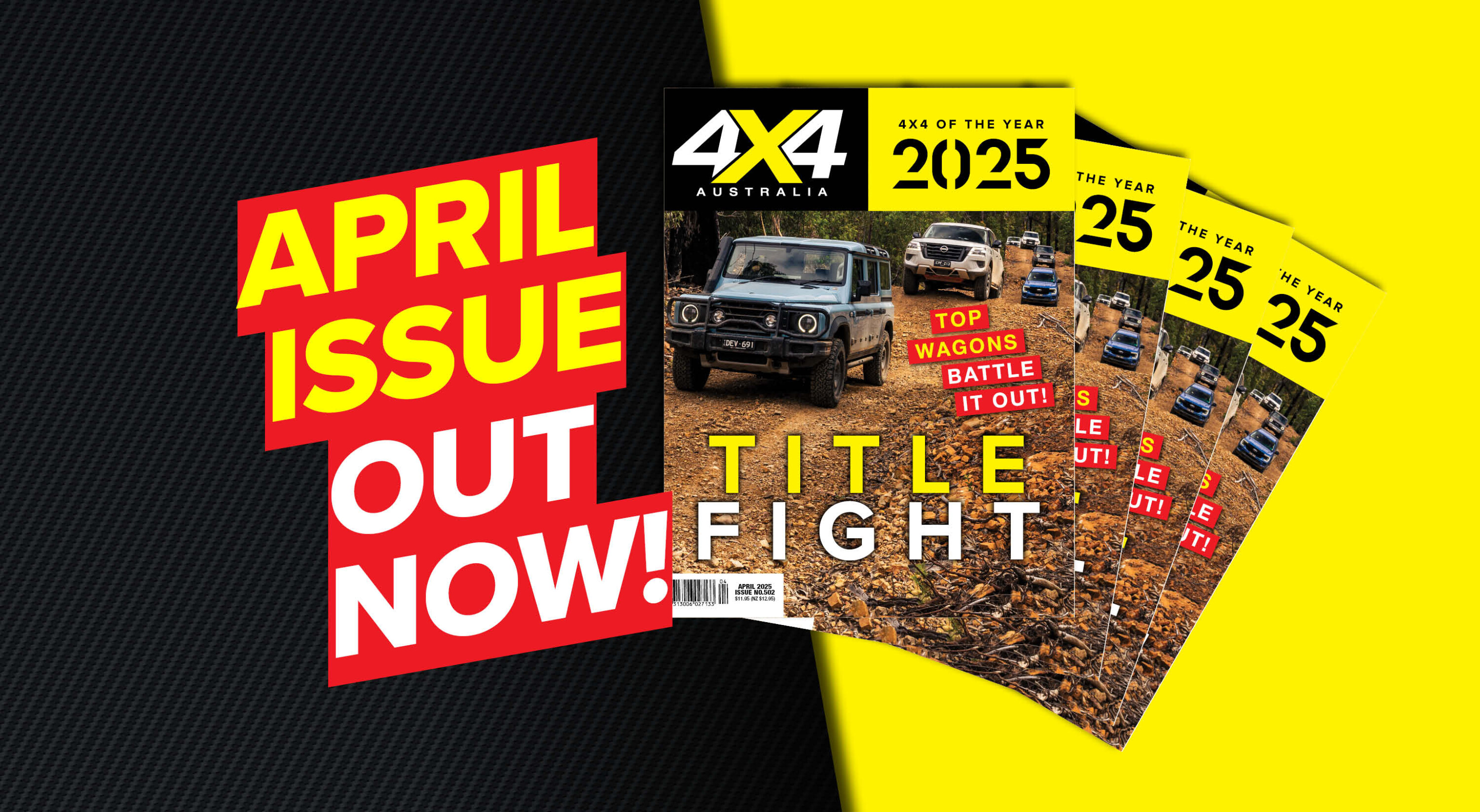At the 2023 new-vehicle showcase, Toyota’s executives extolled the virtues of its multi-avenue approach to carbon neutrality by 2050 – including a heavy focus on hydrogen for commercial vehicles.
Snapshot
- Hydrogen fuel cell HiLux in development ahead of series production
- Could suit Australiau2019s long distance requirements
- Infrastructure still a long way behind supporting mass FCEV adoption
“We are going to update you on a raft of significant new model developments with a focus on our multi-pathway approach to achieving carbon neutrality”, said Toyota Australia vice president for sales, marketing and franchise operations, Sean Hanley.
“Our plans remain focused on the long term, leaving no one behind on that journey to carbon neutrality. Perhaps that makes us an easy target for groups who manufacture nothing more than media releases.”
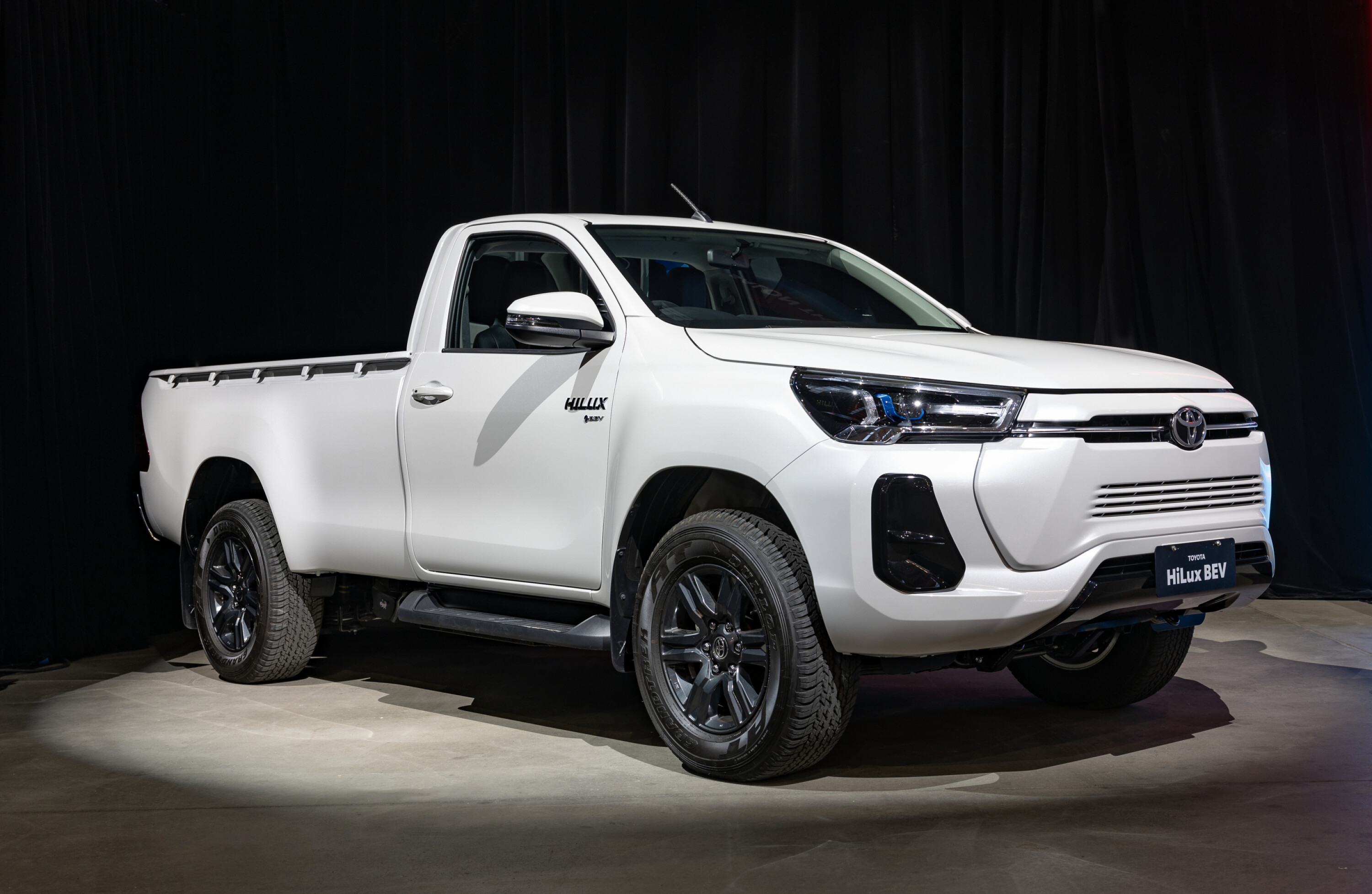
The star of Toyota’s showcase was the battery-electric HiLux Revo concept, but Hanley knows its limitations.
The two-wheel drive, single-cab electric concept is not the car private Australian ute-buyers want – you can’t go bush with that, was Hanley’s gist.
“Rest assured, Toyota is working on it”, added Hanley, citing the development of efficient, long-range solid-state batteries.
“Maybe, just maybe there’s another solution. Perhaps this is where hydrogen fuel cells could come into their own. Not surprisingly, Toyota has been working in that space, too, for years. We already have a highly developed technology as seen in the Mirai, which is now in its second generation.”
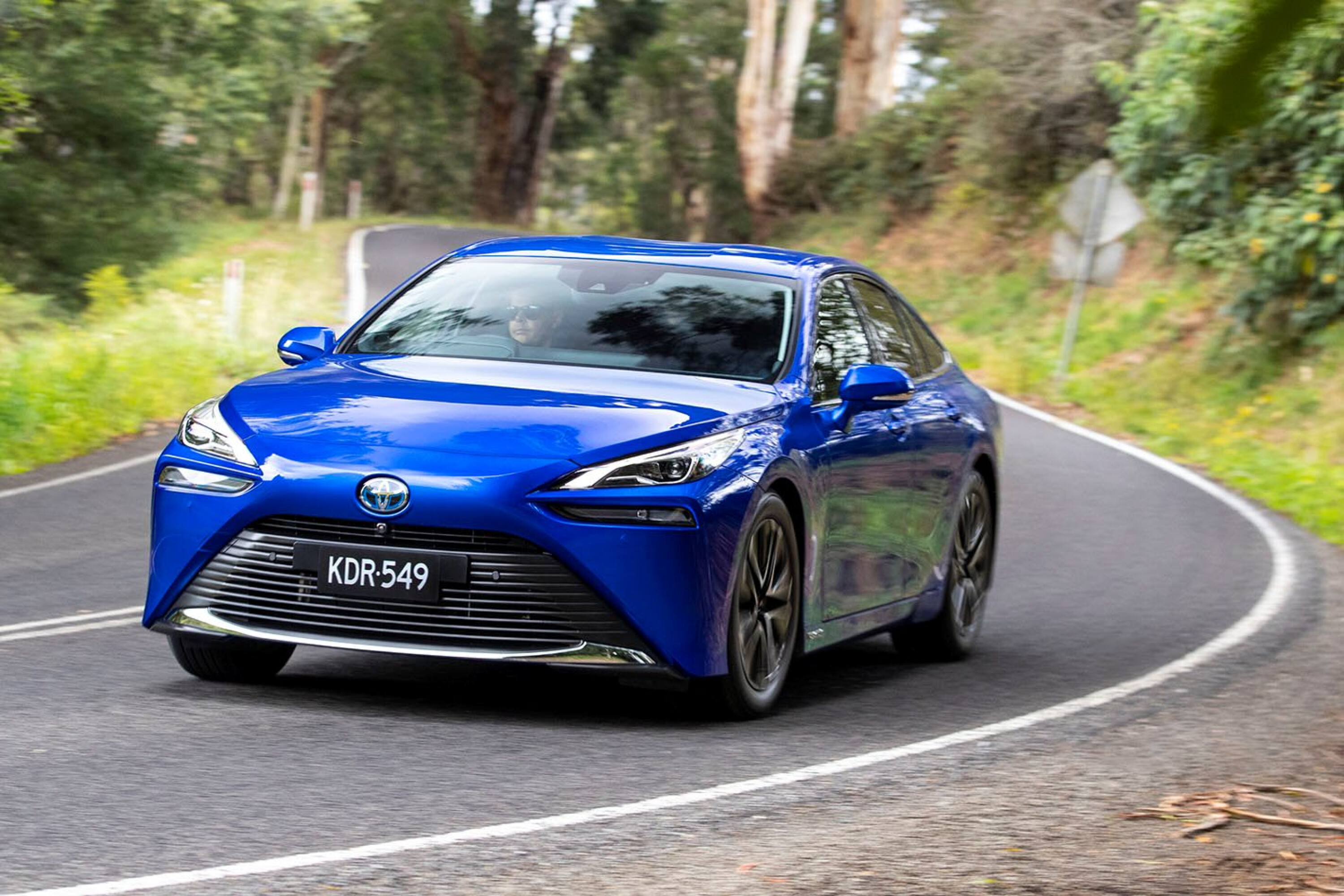
“In the UK, we’re in the process of developing a hydrogen-powered HiLux prototype using our latest second-generation fuel cell technology and it wouldn’t surprise me if it became a vehicle that bridges that gap between today’s realities and tomorrow’s technological requirements”, added Hanley.
The second-gen Mirai sedan can store up to 5kg of hydrogen at 10,000 psi which is good to take the sedan around 650km from a full tank, and it takes between three and five minutes to brim the hydrogen stores.
There are currently only two publicly available hydrogen refuelling stations in Australia, one at Toyota’s national headquarters in Altona and another in Canberra. There was $20 million allotted by the federal government to construct four more along the Hume Highway (between Melbourne and Sydney), though none have opened yet. This would leave hydrogen FCEV HiLux owners worse off than an EV model with fast charging capability.
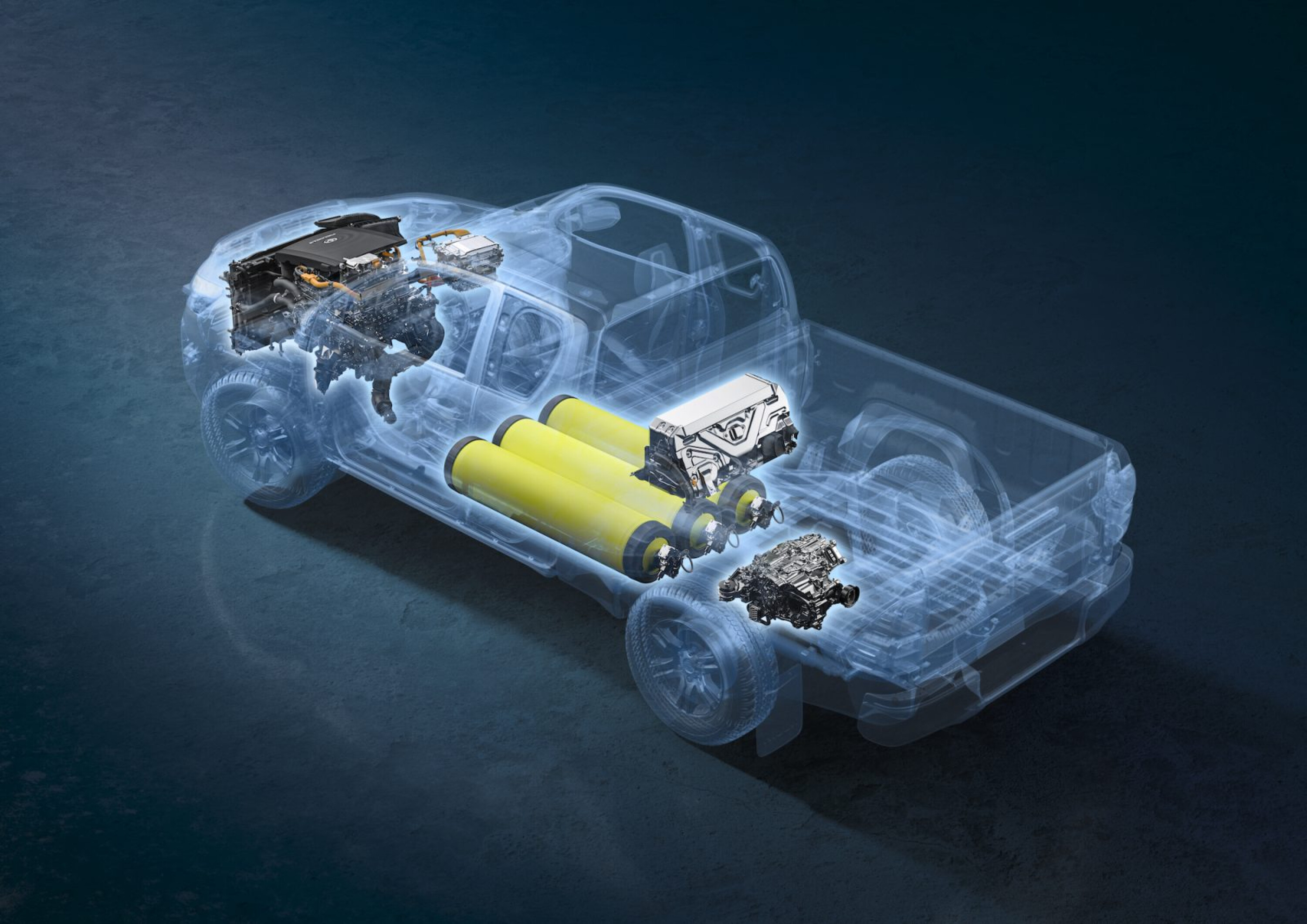
Still, the technology remains in its infancy and Toyota sees potential, with prototypes set to hit the roads in the UK shortly. Hanley estimates it will be a better technology for vehicles that need to travel long distances and tow.
“The first prototype vehicles are being produced this year with a view to preparing a small series production”, said Hanely. “It’s made possible by the willingness of Toyota to invest in more than one technology. This, ladies and gentlemen, is exactly where our ‘diversified powertrains’ [philosophy] comes into its own.”


